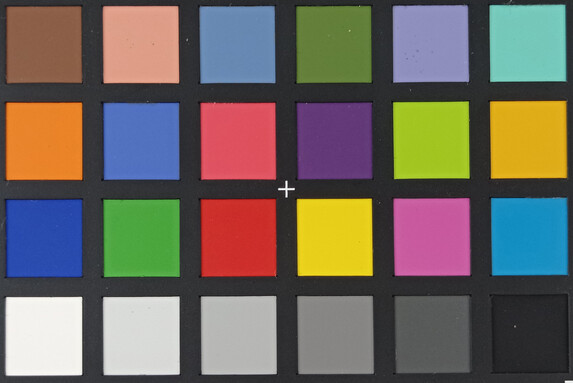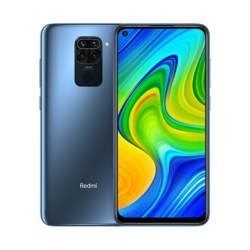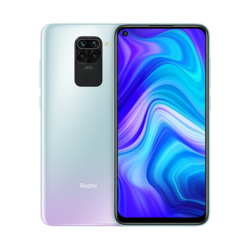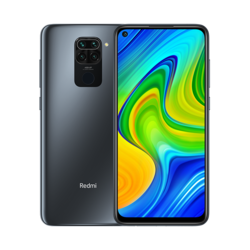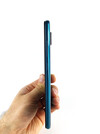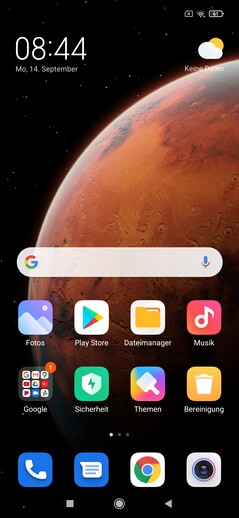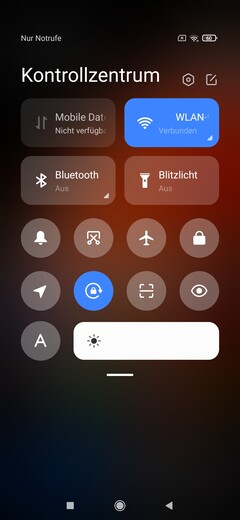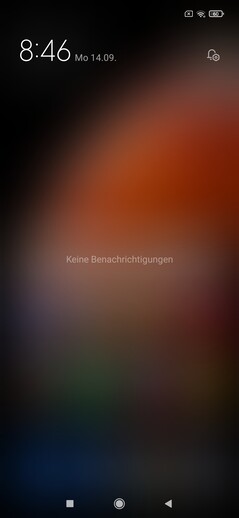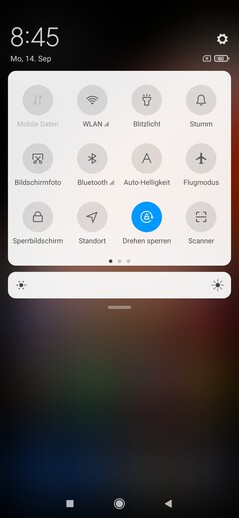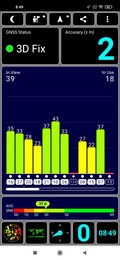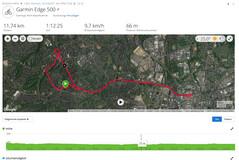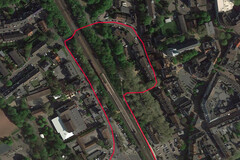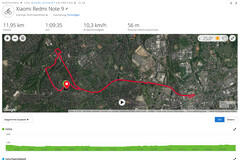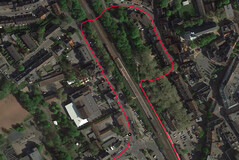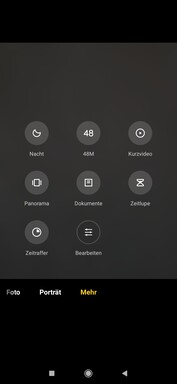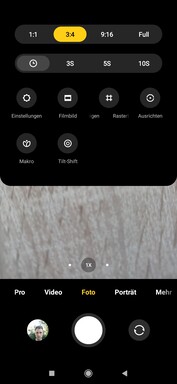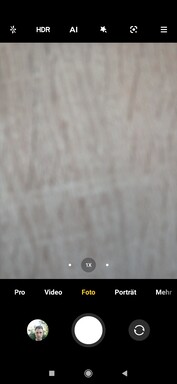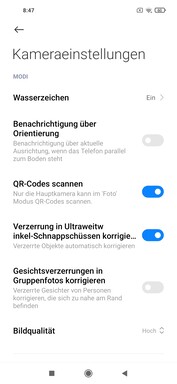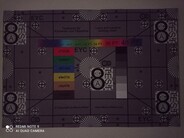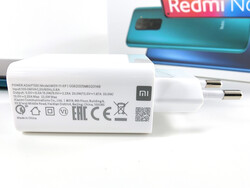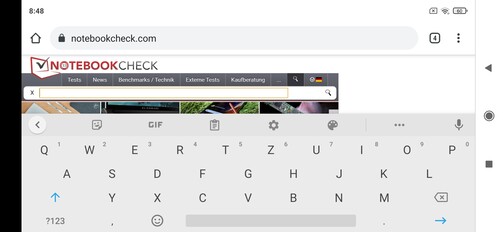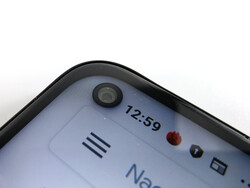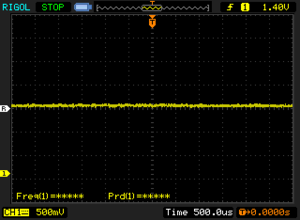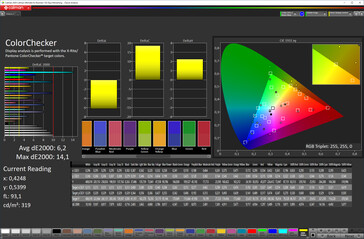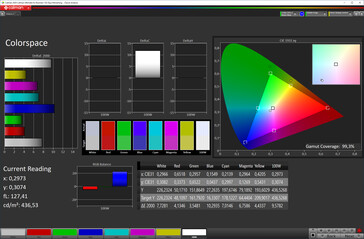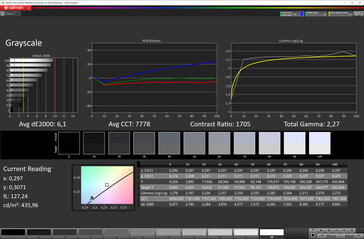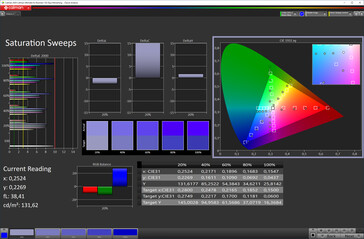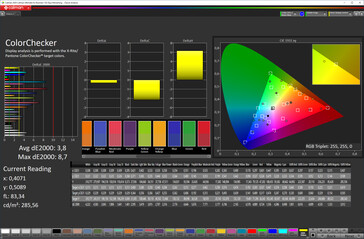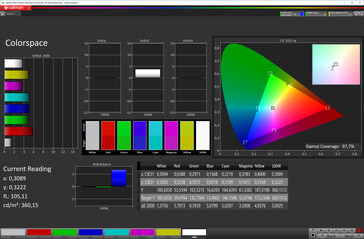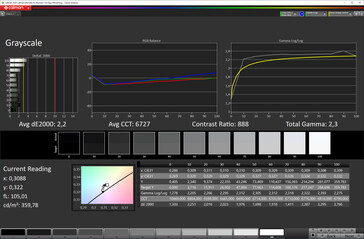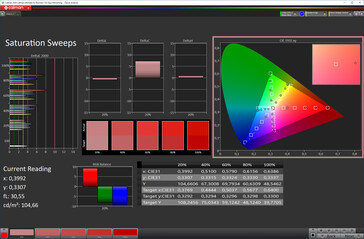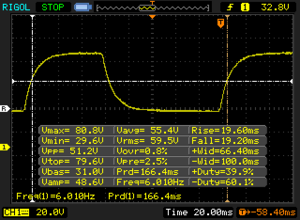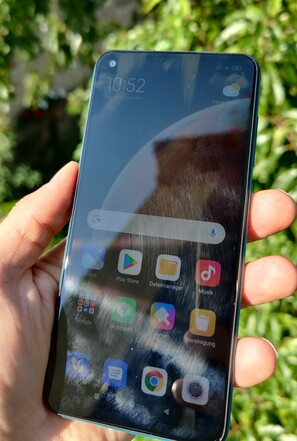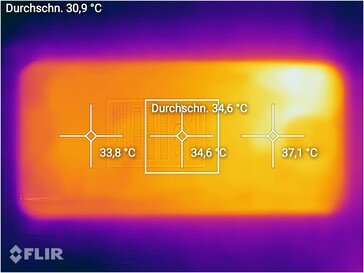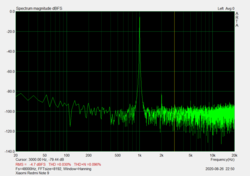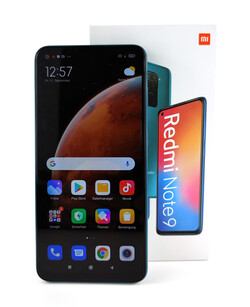Xiaomi Redmi Note 9 Smartphone Review - The better Redmi 9 with a 64-MP quad cam
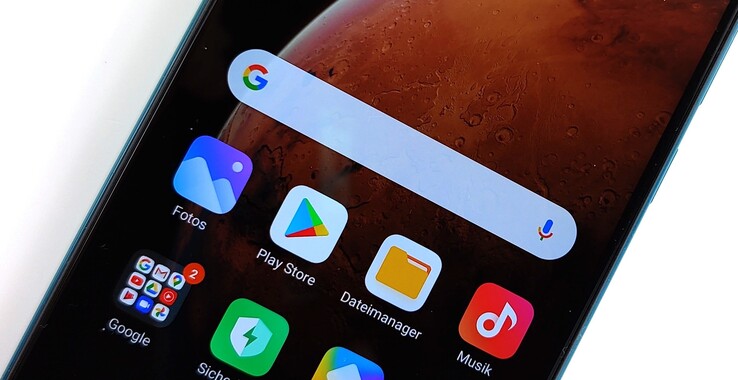
Xiaomi is the first manufacturer to use the new MediaTek Helio G85 in the Redmi Note 9. The Taiwanese chip manufacturer introduced this SoC in May of this year. Like the Redmi 9, the Note 9 also starts at a very affordable price in the German market. With 64 GB of internal storage and 3 GB of RAM, our test unit costs about 150 Euros (~$178). For the top version with 128 GB of RAM and 4 GB of working memory, you currently have to pay about 170 Euros (~$202).
In addition to the brand-new Helio chipset, buyers will receive a 1080p IPS display with a punch-hole design and a diagonal of 6.53 inches, as well as a quad-camera system that is equipped with a 48-MP main sensor. Similar to the Redmi 9 sibling, the battery is very large with a capacity of 5020 mAh.
Comparison devices
Rating | Date | Model | Weight | Drive | Size | Resolution | Price |
|---|---|---|---|---|---|---|---|
| 79.9 % v7 (old) | 09 / 2020 | Xiaomi Redmi Note 9 Helio G85, Mali-G52 MP2 | 199 g | 64 GB eMMC Flash | 6.53" | 2340x1080 | |
| 77.8 % v7 (old) | 09 / 2020 | Xiaomi Redmi 9 Helio G80, Mali-G52 MP2 | 198 g | 32 GB eMMC Flash | 6.53" | 2340x1080 | |
| 80.7 % v7 (old) | 05 / 2020 | Xiaomi Redmi Note 9S SD 720G, Adreno 618 | 209 g | 128 GB UFS 2.0 Flash | 6.67" | 2400x1080 | |
| 76.4 % v7 (old) | 08 / 2020 | Samsung Galaxy A21s Exynos 850, Mali-G52 MP1 | 192 g | 32 GB eMMC Flash | 6.50" | 1600x720 | |
| 78.2 % v7 (old) | 06 / 2020 | Realme 6i Helio G80, Mali-G52 MP2 | 199 g | 128 GB eMMC Flash | 6.50" | 1600x720 | |
| 75.1 % v7 (old) | 10 / 2020 | Sony Xperia L4 Helio P22 MT6762, PowerVR GE8320 | 178 g | 64 GB eMMC Flash | 6.20" | 1680x720 |
Case - Xiaomi smartphone with a punch hole
The front of the Redmi Note 9 consists of scratch-proof Corning Gorilla Glass of the fifth generation that transitions smoothly into the frame. The 6.53-inch IPS display is bordered by relatively slim bezels on the sides, and thanks to the punch hole, the bezels on the top and bottom of the case also turn out fairly slim. The display-to-surface ratio is 83.5%, which is good for this price range.
In our opinion, the slightly rounded back is not made of glass, but from plastic. However, the Chinese manufacturer doesn't specify anything on this. In terms of the colors, you can choose from Forest Green, Midnight Grey, Polar White, and Onyx Black. With its rounded sides, the 8.9-mm slim case feels good in the hand. The Note 9 is not waterproof and there is also no official IP certification about being splash proof. However, like in the other Redmi and Mi models, Xiaomi uses a nano-coating process, so that the Redmi Note 9 should be protected in the rain against water or against dust.
The quality of the workmanship is at a very good level. The keys on the right side sit comfortably tight in their frames, and the case appears very stable.
Equipment - Redmi Note 9 with a 3.5 mm audio port
The equipment of the Xiaomi smartphone includes dual-SIM functionality, an IR blaster, and a classic 3.5-mm audio port. In addition, the Redmi Note 9 offers a preinstalled FM radio. Wireless transfer of the display contents to an external monitor via Miracast is also supported and worked without any problem in our test with an Android TV from Sony.
The 5020-mAh battery is charged via a USB C port at the bottom of the smartphone. The port supports USB OTG, allowing you to easily connect USB sticks to the Redmi Note 9, for example.
In our test unit, the internal eMMC storage offers a capacity of 64 GB. You can also expand the storage of the dual-SIM smartphone by using a microSD card, without losing the dual-SIM option. The exFAT file system is supported.
Software - Xiaomi smartphone with MiUI 12
Google's Android 10 version is preinstalled on the Redmi Note 9 and complemented by the new MiUI 12 user interface. At the time of our testing, the security updates are at the level of August 2020.
As in its previous versions, MiUI offers numerous individual configuration options and a well-optimized system interface. Fans of the iOS design will now find an optional news center and an iOS-like app switcher in MiUI 12, and there are also numerous themes.
Video content on Netflix, Amazon Prime Video and other video-streaming services can be viewed in HD quality, since the phone is Widevine L1 certified.
Communication and GPS - Fast WLAN in the Redmi Note 9
Xiaomi has equipped its mid-range smartphone with a full-sized dual-SIM card slot for two nanoSIM cards. There is no 5G modem that would support the newest mobile communication standard.
The Note 9 connects to the mobile Internet using the LTE standard with both card slots. However, the number of frequency bands that are supported by the Note 9 is relatively small. While the Xiaomi smartphone only supports 12 LTE bands, this includes all of the relevant frequencies for Germany, and band 28 as well as band 20 are supported.
For wireless communication, Bluetooth version 5 is available, and there is also a chip for Near Field Communication (NFC), allowing you to use contactless payment via smartphone.
The WLAN module in the Note 9 supports the IEEE 802.11a/b/g/n/ac standards and communicates in the 2.4 and 5 GHz frequency ranges, which ensures transfer rates of more than 300 Mb/s in our WLAN test - a very good value for a 150-Euro smartphone. The values we measure with our Netgear Nighthawk AX12 reference router also turn out to be constant.
| Networking | |
| iperf3 transmit AX12 | |
| Xiaomi Redmi 9 | |
| Xiaomi Redmi Note 9 | |
| Samsung Galaxy A21s | |
| Xiaomi Redmi Note 9S | |
| Sony Xperia L4 | |
| Realme 6i | |
| iperf3 receive AX12 | |
| Xiaomi Redmi Note 9 | |
| Samsung Galaxy A21s | |
| Xiaomi Redmi 9 | |
| Xiaomi Redmi Note 9S | |
| Sony Xperia L4 | |
| Realme 6i | |
The Redmi smartphone determines its position using the GPS, Galileo, BeiDou, and GLONASS satellite systems, as well as the satellite-based supplementary SBAS system. Even indoors, the satellite connection succeeds without any delay worth mention and with an accuracy of about 4 meters (~13 ft).
In order to evaluate the locating accuracy of our test unit in practice, we record a route in parallel with the Garmin Edge 500 bike computer and the Note 9 for comparison. At the end of the almost 12 km test route (~7.5 miles), the difference between the route recordings from the affordable mid-range smartphone and the navigation device is about 210 meters (~689 ft), and the locating accuracy in our route is also good.
Telephone Functions and Voice Quality - Xiaomi smartphone with dual-VoLTE
The Note 9 supports the dual-VoLTE function, allowing you to make calls using the LTE net using both of the SIM card slots. You can also find Wi-Fi calling in the settings menu of our test unit.
The voice quality of the Redmi Note 9 is inconspicuous. Voices are reproduced clearly understandable and are also characterized by our conversation partner as clear. Video calls using the built-in front camera also work without any problems. The voice quality using the two built-in microphones also enables good communication via Skype.
Cameras - Redmi Note 9 with a quad-cam setup
The quad-camera module of the Redmi Note 9 includes a 48-MP main camera with an open aperture of f/1.79. The Xiaomi smartphone manufacturer does not specify anything on the exact choice of image sensor, but according to some reports it is the Samsung GM2 that is also used in the Redmi Note 9S. The sensor supports pixel binning, so that 2 x 2 adjacent pixels can be combined into a larger pixel.
In daylight, it is possible to take pictures of an attractive quality and with good color reproduction with the Note 9. Due to the low dynamic range and image sharpness, some of the richness in detail is lost in the pictures. Also the image noise in the shaded areas deserves some negative mention and also confirms that a Samsung sensor is used. With increasing darkness, the pictures suffer increasingly from image noise and strong blurriness. However, the brightness is attractive, as is the photo quality of the main camera in general for this price class.
The main camera is accompanied by an 8-MP ultra-wide angle with an f/2.2 aperture, as well as a 2-MP camera for recordings with the bokeh effect and a 2-MP macro lens. With sufficient light, you can achieve decent results with the ultra-wide angle lens, but compared to the main camera, you have to tolerate some compromises in terms of image sharpness and details. The exposure also leaves a lot of room for improvements.
With all cameras, moving images can only be recorded in Full HD and at 30 fps, similar to the Redmi 9. Seamless switching between the wide angle and standard lens during zooming is not possible.
With a lot of light, the 13-MP camera in front is able to take decent selfies that appear slightly too soft. While the sharpness is at a solid level, there is some strong overexposure already in regular light conditions.
Image comparison
Choose a scene and navigate within the first image. One click changes the position on touchscreens. One click on the zoomed-in image opens the original in a new window. The first image shows the scaled photograph of the test device.
Wide angleLow light5x ZoomUltra wide angleWide angleWe evaluate the color reproduction of the Redmi Note 9 under controlled light conditions. Compared to the actual reference colors, the colors of the mid-range smartphone are brighter, but the color reproduction is attractive. The Xiaomi smartphone particularly captures white and black tones well.
Pictures of the test chart confirm the impressions of a slightly low image sharpness, but this is hardly any worse in the edge areas.
